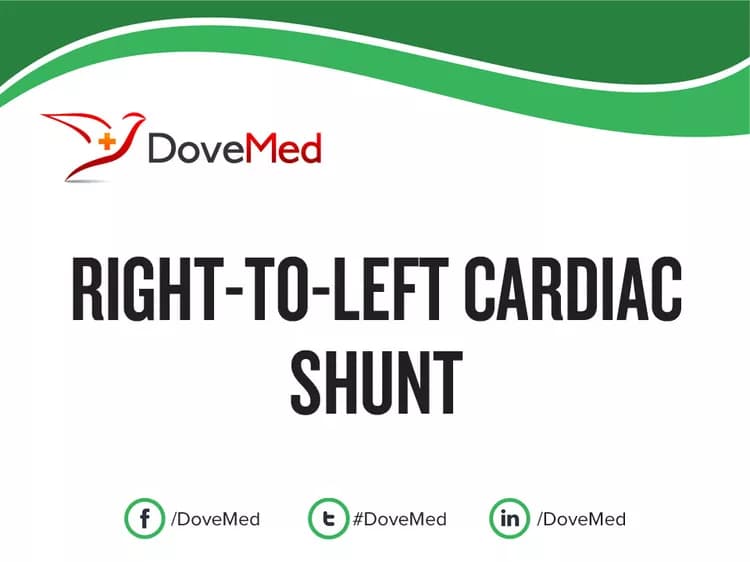The topic Right-to-Left Cardiac Shunt you are seeking is a synonym, or alternative name, or is closely related to the medical condition Cyanotic Heart Diseases.
Quick Summary:
- Cyanotic Heart Diseases are a group of heart defects that result in cyanosis (bluish discoloration of the skin)
- In general, the blood returning from different parts of the body is low in oxygen. It then flows from the right side of the heart to the lungs and gets rich in oxygen. It then returns to the left side of the heart, from where, the blood is distributed to all parts of the body
- In children with Cyanotic Heart Diseases, this blood flow direction is changed and thus, the blood flowing from left side of the heart to the body is low in oxygen. This makes the body appear pale, because of the deficient oxygen content of blood
- Some of the risk factors associated with the condition include viral infections or uncontrolled diabetes in pregnant women and alcohol consumption during pregnancy
- Cyanotic Heart Diseases signs and symptoms may include shortness of breath, very low levels of oxygen ‘spells’, loss of weight, puffy face and eyes, clubbed fingers, dizziness, and fainting
- Surgical repair of the heart defect is the treatment of choice for children with Cyanotic Heart Diseases. The prognosis is good with early diagnosis and appropriate treatment by experts in the field
Please find comprehensive information on Cyanotic Heart Diseases regarding definition, distribution, risk factors, causes, signs & symptoms, diagnosis, complications, treatment, prevention, prognosis, and additional useful information HERE.
Related Articles
Test Your Knowledge
Asked by users
Related Centers
Related Specialties
Related Physicians
Related Procedures
Related Resources
Join DoveHubs
and connect with fellow professionals


0 Comments
Please log in to post a comment.